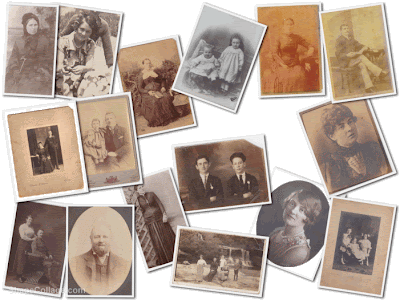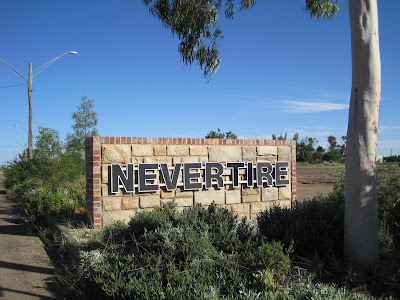Central Australian Hotel
This hotel was originally built in 1884 but burnt down and was rebuilt in the 1930s. It still resembles the old photos to an extent.
Carriers Arms Hotel
This hotel was built in 1879. When the hotel was almost 30 years old, one of my great uncles, Perc NORTHCOTE, worked at this hotel around 1906. I bet the colours it's painted now are a bit different from those used in its early days.
This was apparently the hotel where Henry Lawson wrote a few of his stories but he used to refer to the hotel as the Shearers Arms. His poem, When the 'Army' Prays for Watty, was supposedly to have been written about one hotel owners, Watty Braithwaite. The Cobb & Co Heritage Trail website suggests this story about the poem's origins:
"Apparently, the poem was inspired by a time when Lawson walked past the pub and noticed Watty lounging in an armchair on the verandah (his habitual position), oblivious to the sounds of the Salvation Army singing and praying nearby."
The Carrier's Arms was also one of the Cobb & Co agencies.
This hotel was next door to the bike shop that one of my uncles, Walter John NORTHCOTE, owned and ran in Bourke in the late 1800s to the early 1900s. He was trained as a wheelwright and worked with bikes and coaches around the areas of Bourke and Nyngan.


In one of its earlier times, it was known as the Royal Hotel and this name can still just be seen, like a ghost sign, on the side of the hotel.

In January 1899, my great uncle, Walter John NORTHCOTE, and some of his mates decided to ride their bicycles to Sydney. Even today, the trek from Sydney to Bourke is no mean feat, so riding bikes back in those days must have been seen as a pretty big trek indeed.
Unfortunately, just a few months after this great trek to Sydney and back, a massive fire broke out in the bike shop in 1899, which also damaged the hotel and the shop, Hacketts, next door to the bike shop.



































































